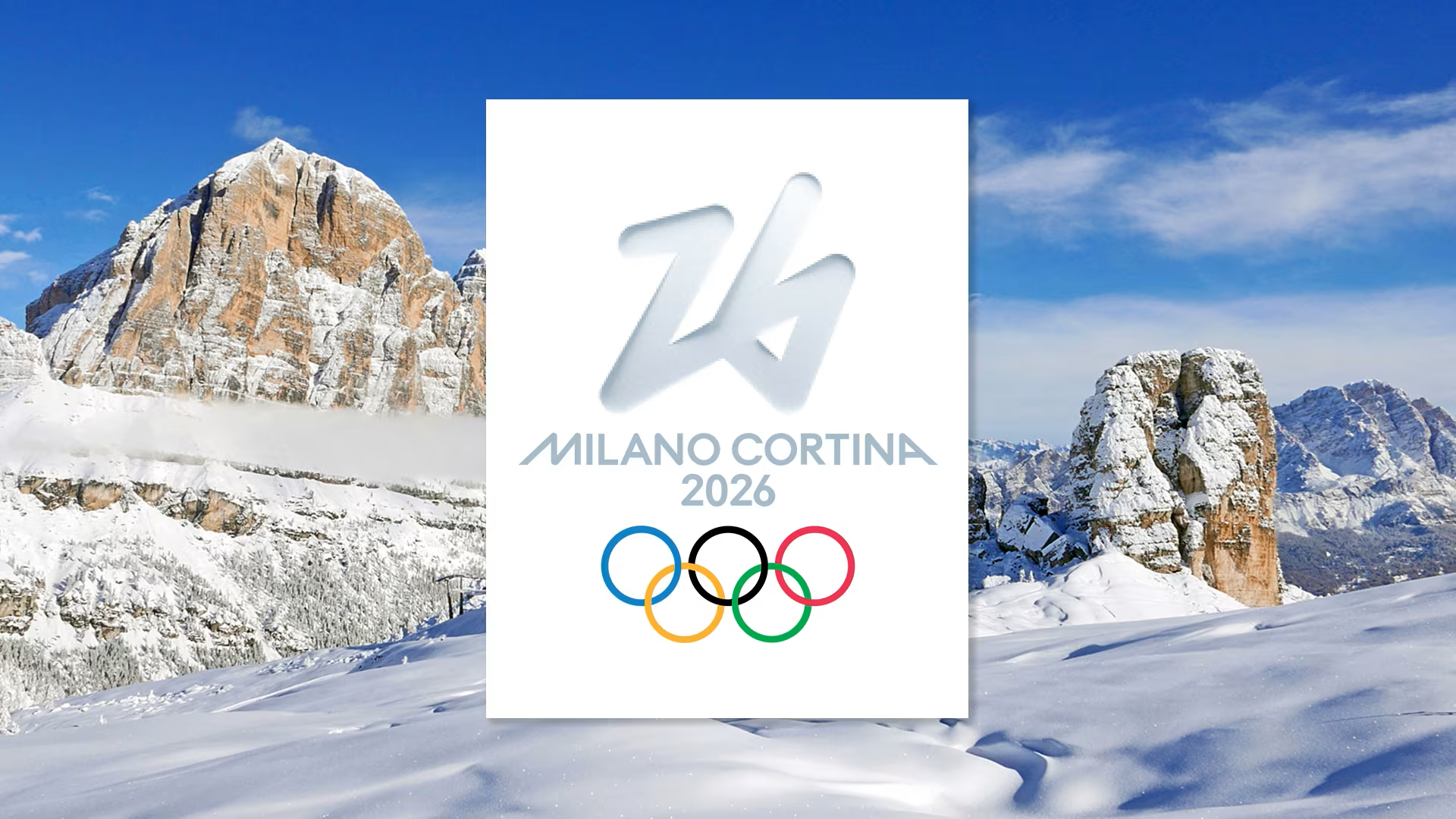TVNZ Chases America's Cup
Kiwi broadcaster takes to the skies and the sea
AUCKLAND, NEW ZEALAND
Holding yachting's coveted America's Cup since 1995 and hosting the competition has brought millions of dollars to New Zealand's maritime industry and helped host broadcaster Television New Zealand (TVNZ) hone its yachting coverage skills to an unparalleled level.
TVNZ's impressive yachting productions involving aerial, chase-boat and yachtboard shooting have included the 1996 and 2000 Olympic yachting events, the Louis Vuitton Cup (a lead-in to the America's Cup) and the big event itself in 2000 and 2003, among other events. The broadcaster is also slated to handle the upcoming yacht races at the 2004 Olympics in Athens.
But TVNZ's involvement in the America's Cup actually extends all the way back to 1987, when the broadcaster carried extensive live coverage of the event, said Denis Harvey, head of Production and Sport for TVNZ.
"From those beginnings TVNZ went on to become involved in all of the subsequent America's Cups, particularly the 1992 and 1995 events in San Diego," he said. "So it is fair to say that we have built up a body of expertise in providing live yachting coverage that is second to none."
THIS YEAR'S EVENT
For the 2003 America's Cup and the three-month-plus Louis Vuitton Cup selection races that precede the race, TVNZ, rights distributor TWI and the America's Cup 2003 event organization formed America's Cup Television (ACTV). The three built an International Broadcast Centre (IBC) adjacent to the main TVNZ building.
This 2,000-square-meter building provides a host feed to all rights-holding broadcasters. Outdoor Life Network (OLN) is the rights holder for the Louis Vuitton races and ESPN will broadcast the February Cup races in the U.S. The IBC features rooms for production, master and audio control, editing, and important rooms where operators remotely control yachtboard mics and cameras.
The core video and audio distribution in the IBC is PAL analog signals, with incoming digital microwave signals converted to analog and outgoing satellite signals converted to digital.
All of the rights holding broadcasters have been providing a mixture of both live and highlights coverage since the Louis Vuitton began Oct. 1. ACTV provided live coverage of a featured race-of-the-day for the first two roundrobins and the quarterfinals, then individual feeds of each of the semifinals.
IN THE AIR AND ON THE SEA
Getting the pictures involves efforts on the water and in the skies above the racing series. Harvey said that the level of coverage has changed across the many weeks of the Louis Vuitton Cup.
In the early rounds, the quarterfinals and the semifinals, TVNZ used one camera helicopter, one camera chase boat and two onboard cameras per race yacht. For the Louis Vuitton Cup Finals and the actual America's Cup match TVNZ is tapping two camera helicopters, two chase boats, one camera on the committee (organizational) boat and five onboard cameras per race yacht.
The microwave set-up is a COFDM system provided by U.S.-based 3G Wireless Video Inc. The signals from the helicopters, chase boats and onboard cameras are relayed directly to a building located in downtown Auckland and then carried by fiber to the IBC.
"Using the COFDM microwave system allows us not to use repeater helicopters for the transmission of the microwave signals, [so] we have been able to provide live coverage from the beginning of racing," said Harvey. He added that COFDM microwave delivery was first used in the 1999/2000 races. The use of COFDM reduces the use of repeater helicopters, microwave communications equipment and staff.
ACTV is using two Kiwi-designed 15-meter catamaran chase boats for the Louis Vuitton Cup Finals. The microwave signal from these chase boats is transmitted directly to the receive point in downtown Auckland. The cameras on the chase boats and the helicopters are Gyrons supplied by Aerial Camera Systems and use 33x Canon lenses. The vision control on the helicopters and chase boats is done remotely from the IBC.
The five onboard cameras on each of the yachts are provided by Broadcast Sports Technology using Sony DXC 950P cameras with Fujinon lenses. These are in custom-built housings that are stabilized and dampened to reduce the effects of the boat movement. They are capable of panning through 360 degrees and tilting plus or minus 20 degrees and are controlled by remote from the IBC. The host broadcaster uses data signals in the 455 MHz band to transmit zoom, focus, iris and paint and window cleaning commands to each of the cameras. One camera operator controls two onboard cameras and pre-switches them into the two microwave paths from each yacht.
IMPORTANT AUDIO
For audio on the yacht for the Louis Vuitton Cup Final and America's Cup match, Harvey said ACTV was operating with eight stereo effects microphones and four radio microphones worn by four of the crew. The audio is mixed on the yachts by remote from the IBC. Each of the two microwave transmitters on each yacht has an associated eight-channel audio mixer.
Although the global HD market won't yet support any HD production, TVNZ is involved with some very interesting graphics and virtual-reality race simulations.
For example, the start-line graphic that is superimposed on aerial shots between the buoy and committee boat is a customized software package developed for TVNZ by New Zealand-based Animation Research Ltd.
Another innovation is "Virtual Spectator," a real-time 3D animation system that TVNZ has been using for America's Cup graphics since 1992. It uses GPS data to provide positioning information, which is then used to generate a live video rendition.
"TVNZ's broadcast uses a significantly more advanced system than the Internet version with a much reduced delay, approximately one second behind the live action," said Harvey.
Harvey said the major overall technical advance in covering the event over the last few years has been the reduction in the size of the microwave systems and the increase in the range and quality of the signals.
He said that the added audio should not be discounted either. "Advances in audio technology have brought the sails of the boats into the viewer's living room-enabling viewers to hear the discussions between the crew."
The professional video industry's #1 source for news, trends and product and tech information. Sign up below.

